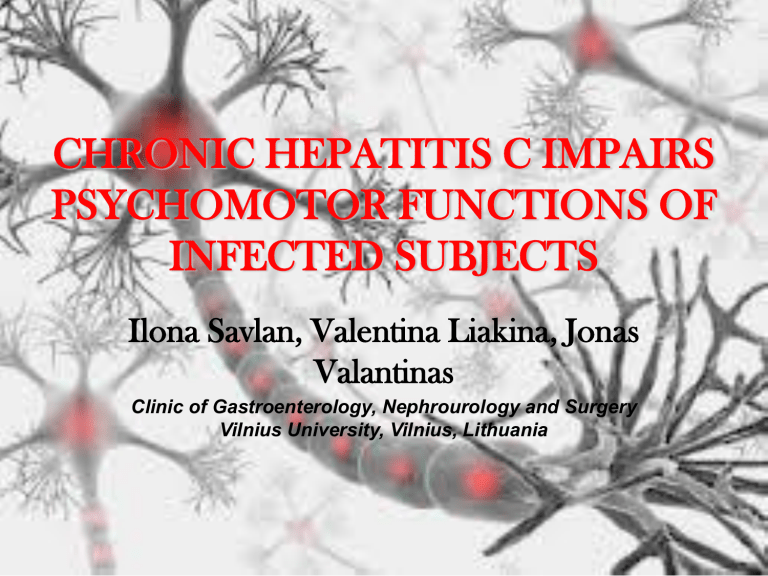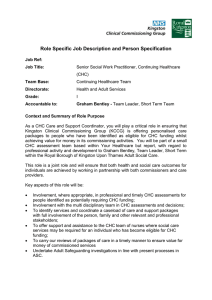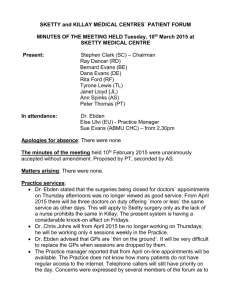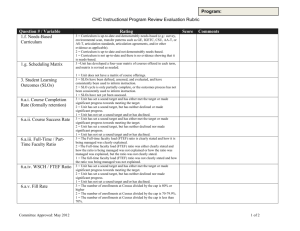Presentation (powerpoint file)

CHRONIC HEPATITIS C IMPAIRS
PSYCHOMOTOR FUNCTIONS OF
INFECTED SUBJECTS
Ilona Savlan, Valentina Liakina, Jonas
Valantinas
Clinic of Gastroenterology, Nephrourology and Surgery
Vilnius University, Vilnius, Lithuania
Introduction
Hepatic encephalopathy is a neuropsychiatric complication of liver cirrhosis the symptoms of which may vary from imperceptible to severe, invaliding, and even lethal.
Hepatic encephalopathy subtypes
Diagnosis of minimal hepatic encephalopathy: neuropsychological testing
• electroencephalography
• P300 evoked potentials
• critical flicker frequency test
• inhibitory control test
• PSE battery (portosystemic encephalopathy syndrome test battery)
PSE-Syndrome Test
1. Serial dotting test – 10 rows of 10 circles each, patient is timed on how quickly he/she can draw a dot in the center of each circle
2. Line drawing test – patient scored on how quickly and accurately he/she can draw a continuous line between 2 winding lines
3. Digit symbol test – involves codingsubstitution of symbols for numbers
4. Number connection tests A and B – known as “connect the dots” in elementary school
The aim
According to the published data hepatitis C infection causes abnormalities of cognitive and motor functions which persist even after successful elimination of the virus.
Aim : To evaluate differences in psychometric tests results of chronic hepatitis C (CHC) patients and healthy control.
Patients and methods
42 (22/52.4% men and 20/47.6% women; mean age
43.1
±15.3) CHC patients and 12 healthy persons (control group: 5/41.7% men, 7/58.3% women; mean age 43.6
±09.2) were tested.
All participants were invited to perform these tests: the number connection tests A and B (NCT-A, NCT-B) and the digit-symbol (DST) test.
Statistical analysis was performed with SPSS 17.0 software.
Differences in the tests results between control and CHC patients were evaluated with chi-square test.
Results
CHC pts Control p number connection tests A, sec.
N=42
42.4
±3.7
N=12
21.4
±5.9 < 0,001 number connection tests B, sec.
96.1
±13.1 46.5±8.3 0,001 digit-symbol test, sec.
65.9 ±7.8 34.6±7.1 0,001
We did not find statistically significant correlation between psychometric tests timespan and education, tests results did not depend on participant's gender either. In the both tested groups alder participants performed tests slower than younger one, nevertheless, CHC patients tests time-span was longer than in controls, but this finding was not statistically proved maybe because of insufficient amount of tested persons.
Conclusions
CHC patients have performed psychometric tests more slowly than healthy control of the same age and gender distribution.
Those results can be explained by impairment of cognitive and motor functions in CHC patients.











